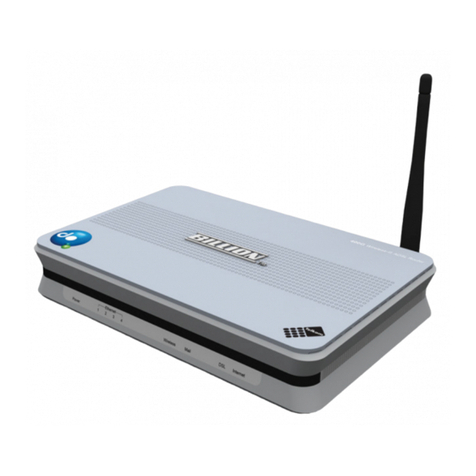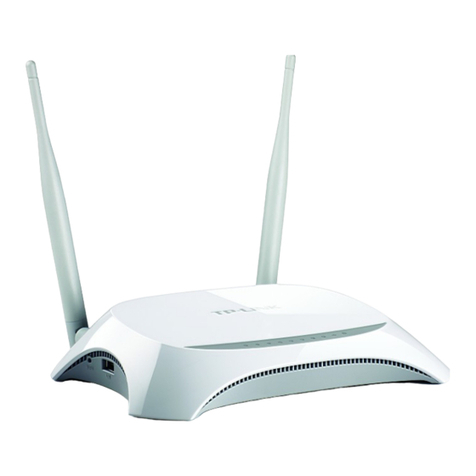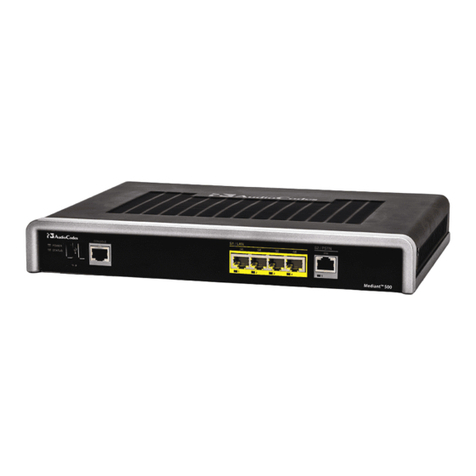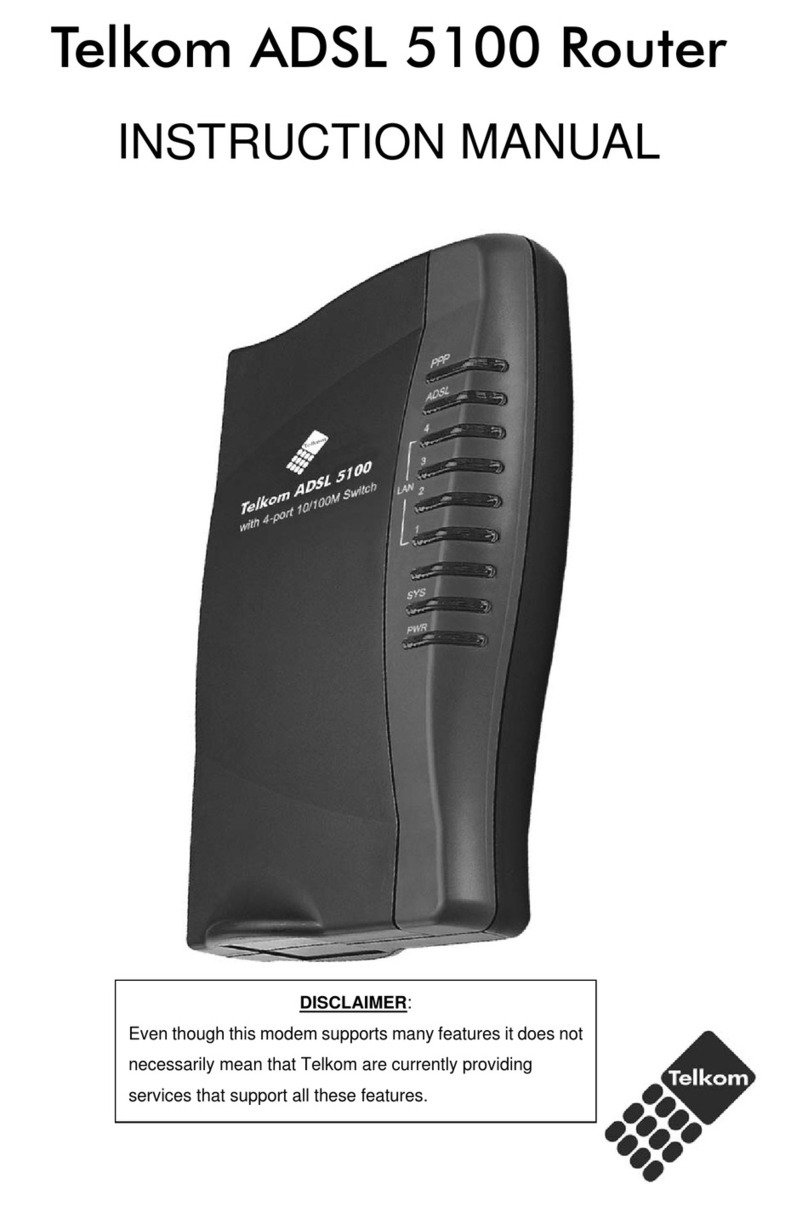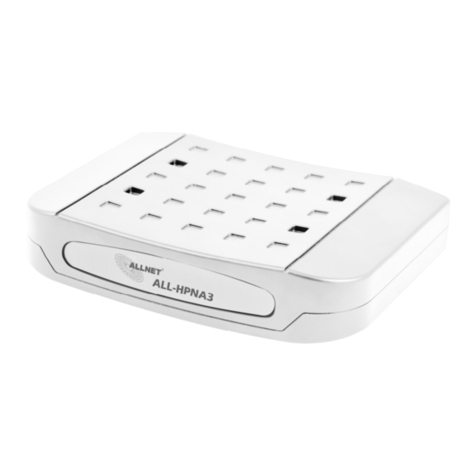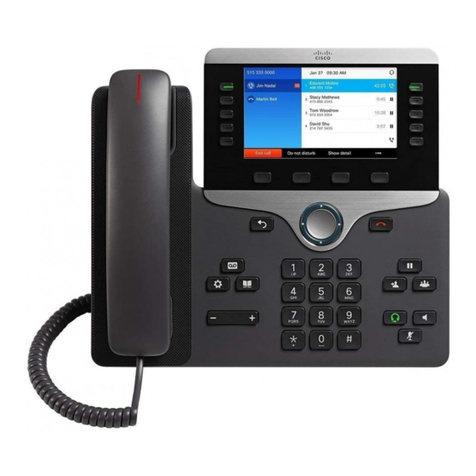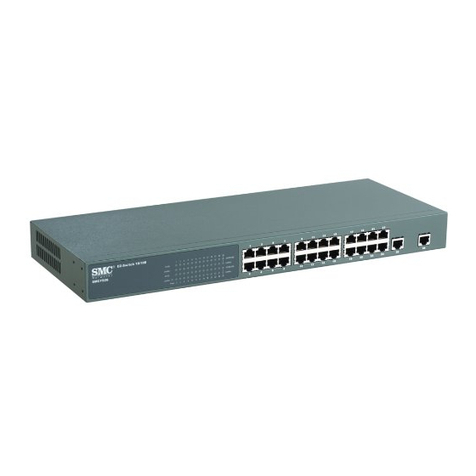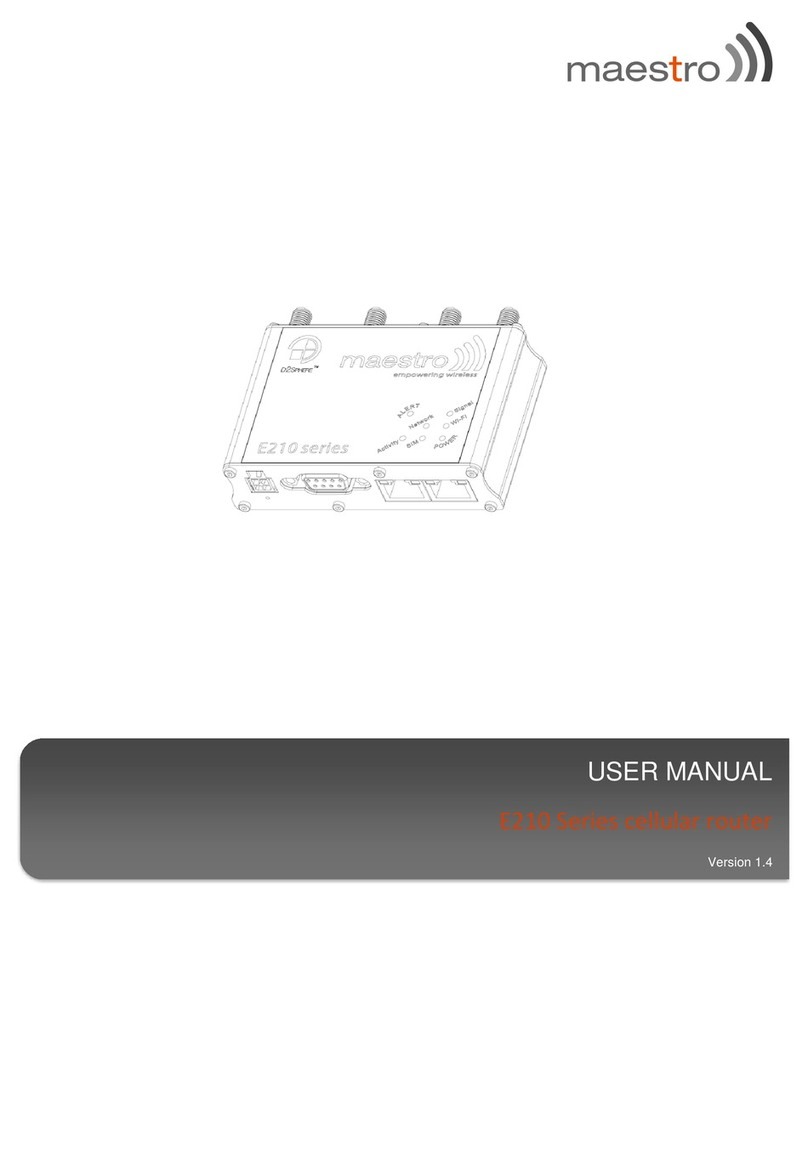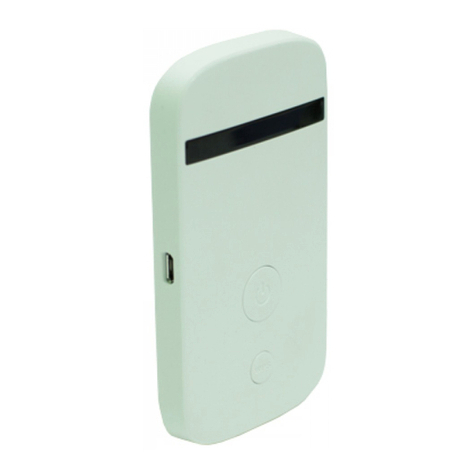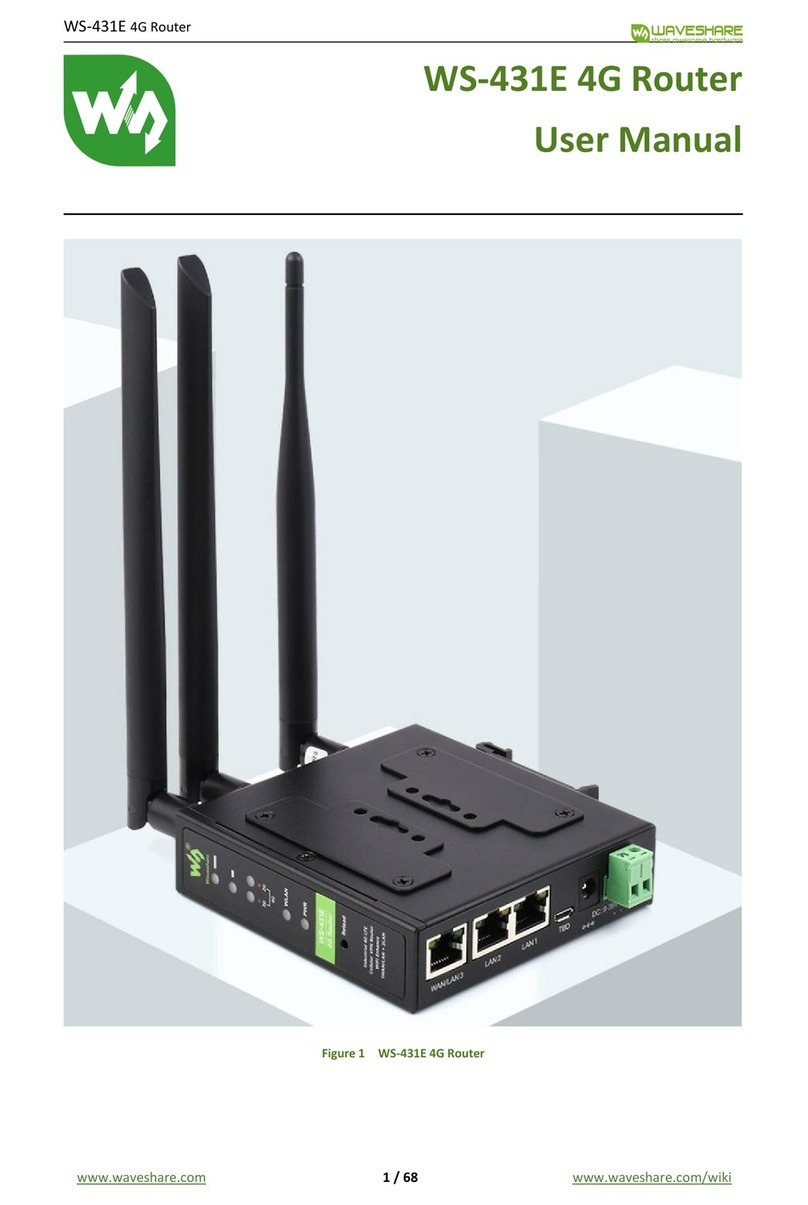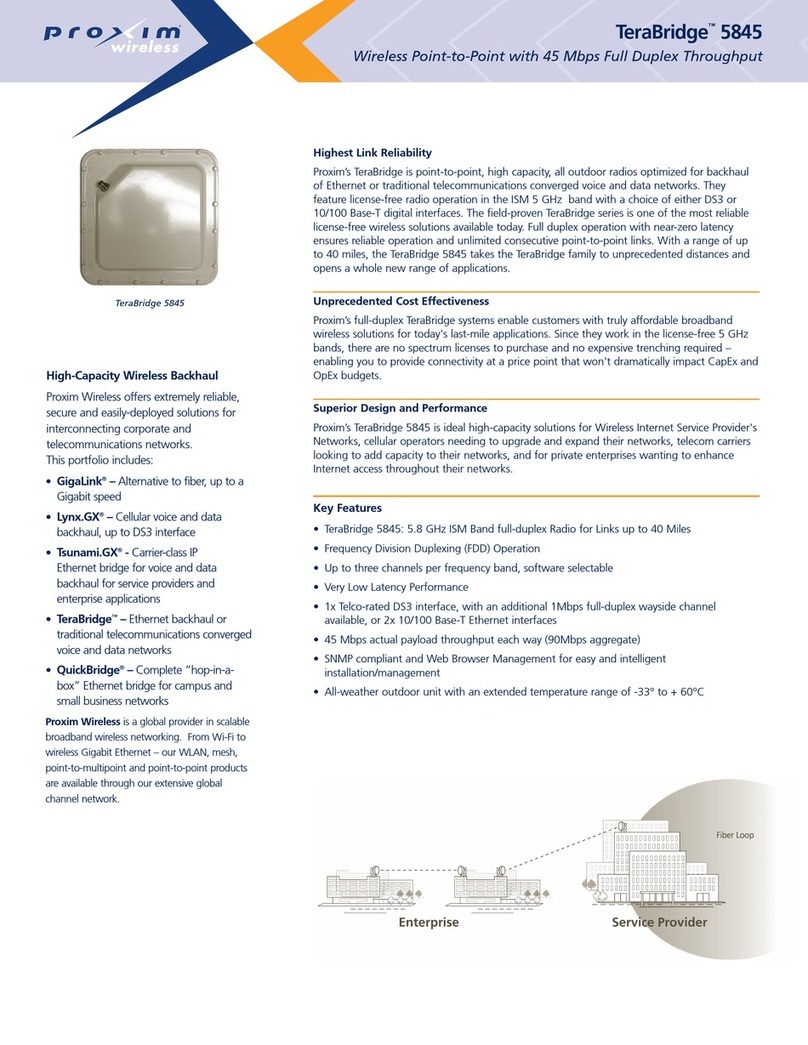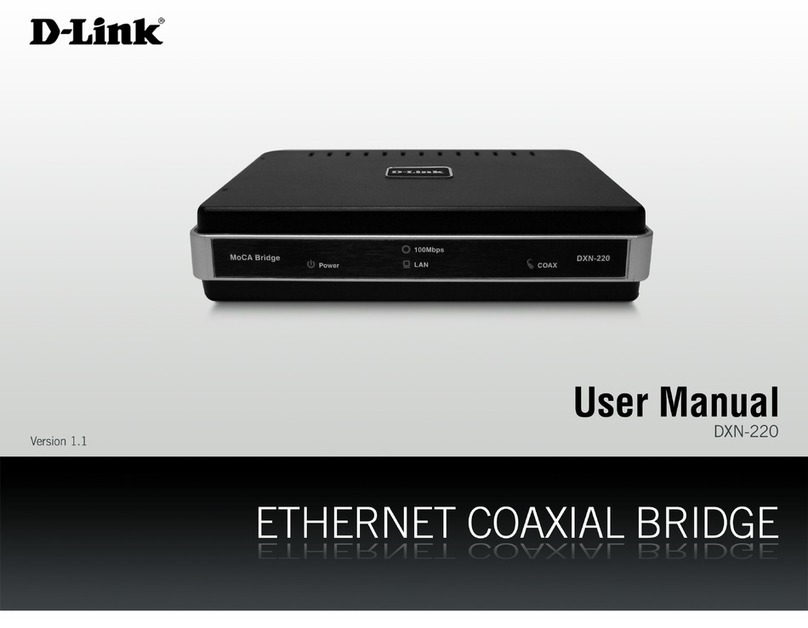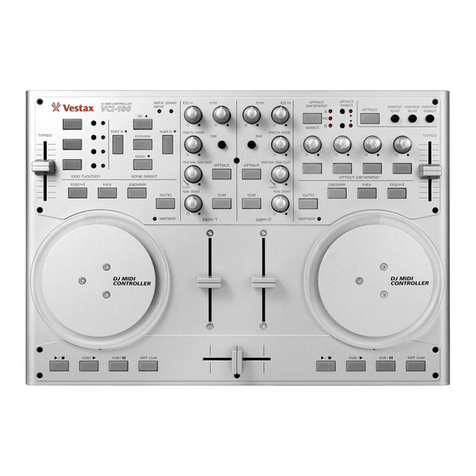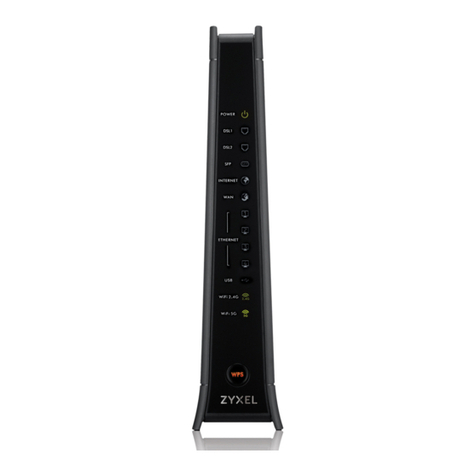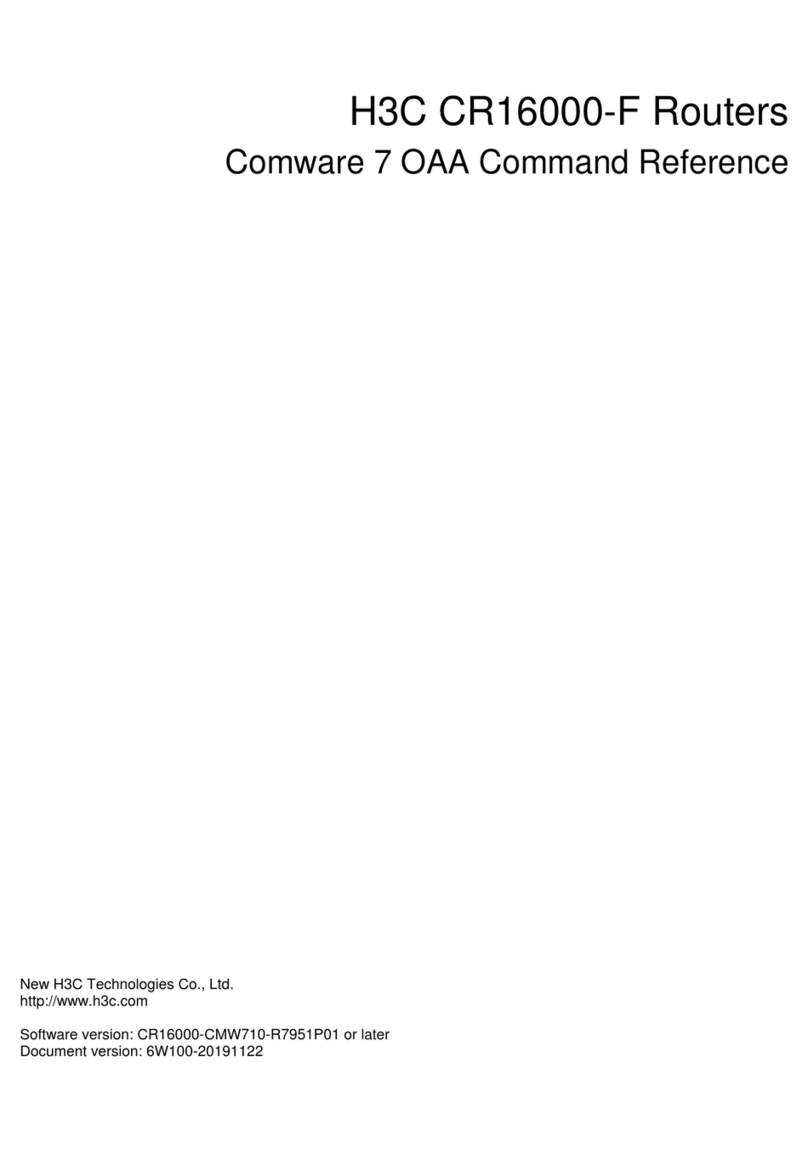Advantech B+B SmartWorx ICR-3211B User manual

LTE Industrial Router
ICR-3211
USER MANUAL

ICR-3211
Advantech B+B SmartWorx – Americas
Advantech B+B SmartWorx
707 Dayton Road
Ottawa, IL 61350 USA
Website
www.advantech-bb.com
Advantech B+B SmartWorx – Europe
Advantech B+B SmartWorx s.r.o.
Sokolska 71
562 04, Usti nad Orlici,
Czech Republic
Website
www.advantech-bb.com
c
2020 Advantech B+B SmartWorx s.r.o. No part of this publication may be reproduced or transmitted in any
form or by any means, electronic or mechanical, including photography, recording, or any information storage and
retrieval system without written consent. Information in this manual is subject to change without notice, and does
not represent a commitment on the part of Advantech B+B SmartWorx.
Advantech B+B SmartWorx s.r.o. shall not be liable for incidental or consequential damages resulting from
the furnishing, performance, or use of this manual.
All brand names used in this manual are the registered trademarks of their respective owners. The use of
trademarks or other designations in this publication is for reference purposes only and does not constitute an
endorsement by the trademark holder.
i

ICR-3211
Used Symbols
Danger – Information regarding user safety or potential damage to the router.
Attention – Problems that can arise in specific situations.
Information, notice – Useful tips or information of special interest.
GPL Licence
Source codes under GPL licence are available free of charge by sending an email to:
Please see http://ep.advantech-bb.cz/devzone for more information.
Advantech B+B SmartWorx s.r.o., Sokolska 71, 562 04 Usti nad Orlici, Czech Republic
Document No. MAN-0041-EN, revision from January 9, 2020. Released in the Czech Republic.
ii

ICR-3211
Contents
1 Safety Instructions 2
2 WEEE directive 3
3 Router Description 4
3.1 Usage of the Router ................................. 5
4 Contents of Package 8
5 Router Design 9
5.1 Router Versions .................................... 9
5.2 Device Labels ..................................... 10
5.3 Order Codes ..................................... 10
5.4 Basic Dimensions of the Router Box (specified in mm) .............. 11
5.5 Mounting Recommendations ............................ 12
5.6 Removing from the DIN Rail ............................. 13
5.7 Description of the Front Panel ............................ 14
5.7.1 Status Indication ............................... 15
5.7.2 Power Connector PWR ........................... 16
5.7.3 Ethernet Port ETH0 and ETH1 ....................... 17
5.7.4 Antenna Connector ANT ........................... 18
5.7.5 Reset Button ................................. 19
5.8 Description of the Left Panel ............................. 21
5.8.1 SIM Card Reader ............................... 22
5.8.2 Serial Interfaces and I/O Port ........................ 23
6 First Use 25
6.1 Connecting the Router Before First Use ...................... 25
6.2 Start .......................................... 25
6.3 Configuration ..................................... 25
6.3.1 Configuration by Web Browser ....................... 25
7 Technical Parameters 27
7.1 Basic Parameters ................................... 27
7.2 Standards and Regulations ............................. 28
7.3 Type Tests and Environmental Conditions ..................... 29
7.4 Technical Parameters of Cellular Module ...................... 30
7.5 Other Technical Parameters ............................. 31
iii

ICR-3211
8 Recommended Literature 32
9 Troubleshooting 33
9.1 FAQ .......................................... 33
10 Customers Support 36
10.1 Customer Support for NAM ............................. 36
10.2 Customer Support for Europe ............................ 36
10.3 Customer Support for Asia ............................. 36
iv

ICR-3211
List of Figures
1 Access to the Internet from LAN .......................... 5
2 Backed up access to the Internet .......................... 6
3 Using VPN tunnel .................................. 6
4 Serial Gateway .................................... 7
5 OWL LPWAN ..................................... 9
6 Labels example .................................... 10
7 Basic dimensions of the router box ......................... 11
8 Basic dimensions of the router box ......................... 11
9 Default position of DIN rail clip ........................... 13
10 Removing from the DIN rail ............................. 13
11 The front panel of the router ............................. 14
12 Power connector ................................... 16
13 Connection of power supply ............................. 16
14 Ethernet connector .................................. 17
15 Connection of Ethernet cables ........................... 17
16 Connecting the antenna ............................... 18
17 Router reset ...................................... 19
18 The left panel of the router .............................. 21
19 SIM card reader ................................... 22
20 Serial + I/O connector ................................ 23
21 Functional scheme of the binary interface ..................... 24
22 Entering the IP address of the router ........................ 25
23 Entering login information .............................. 26
24 Router web interface ................................. 26
v

ICR-3211
List of Tables
1 Contents of package ................................. 8
2 Router versions .................................... 9
3 Order Codes Overview ................................ 10
4 Description of the front panel ............................ 14
5 Status indication ................................... 15
6 Connection of power connector ........................... 16
7 Connection of Ethernet connector .......................... 17
8 Overview of router reboot and reset ......................... 20
9 Description of the left panel ............................. 21
10 Connection of RS485 ................................ 23
11 Connection of I/O ................................... 23
12 Connection of RS232 ................................ 23
13 Basic parameters ................................... 27
14 Standards and regulations .............................. 28
15 Type tests and environmental conditions ...................... 29
16 Technical parameters of cellular module ...................... 30
17 Other technical parameters ............................. 31
1

ICR-3211
1. Safety Instructions
Please, observe the following instructions:
•The router must be used in compliance with all applicable international and national laws
and in compliance with any special restrictions regulating the utilization of the router in
prescribed applications and environments.
•To prevent possible injury and damage to appliances and to ensure compliance with
all relevant provisions, use only the original accessories. Unauthorized modifications or
the use of unapproved accessories may result in damage to the router and / or a breach
of applicable regulations. Unauthorized modifications or use of unapproved accessories
may void the warranty.
•The router can not be opened.
•Turn off the router and disconnect it from power supply before handling the SIM card.
•Caution! The SIM card could be swallowed by small children.
•Power supply must not exceed 36 V DC max.
•Do not expose the router to extreme ambient conditions. Protect the router against dust,
moisture and high temperature.
•Only routers with appropriate certification and labelling should be used in locations where
flammable and explosive materials are present, including gas stations, chemical plants,
or locations in which explosives are used. We remind users of the duty to observe the
restrictions concerning the utilization of radio devices at such places.
•Switch off the router when travelling by plane. Utilization of the router on a plane may
endanger the operation of the plane or interfere with the mobile telephone network, and
may be unlawful. Failure to observe these instructions may result in the suspension or
cancellation of telephone services for the respective client and / or may result in legal
sanctions.
•When using the router in close proximity to personal medical devices, such as cardiac
pacemakers or hearing aids, you must proceed with heightened caution.
•The router may cause interference when used in close proximity to TV sets, radio re-
ceivers or personal computers.
•It is recommended that you create an appropriate copy or backup of all important settings
that are stored in the memory of the device.
•The device should not be used in the location where the children are present.
2

ICR-3211
2. Product Disposal Instructions
The WEEE (Waste Electrical and Electronic Equipment: 2012/19/EU) directive was in-
troduced to ensure that electrical/electronic products are recycled using the best available
recovery techniques in order to minimize impact on the environment. This product contains
high quality materials and components which can be recycled. At the end of it’s life this pro-
duct MUST NOT be mixed with other commercial waste for disposal. The device contains the
battery. Remove the battery from the device before disposal. The battery in the device needs
to be disposed apart accordingly. Check the terms and conditions of your supplier for disposal
information.
3

ICR-3211
3. Router Description
ICR-3211 is an industrial cellular router intended for the market in Europe, Middle East and
Africa (EMEA) area as well as for the North American market (NAM). The ICR-3211 router
is designed for wireless communication in the mobile networks that make use of traditional
cellular technologies. The primary purpose of this router is its use in the Category M1 (Cat
M1) services on the cellular LTE network.
LTE Cat M1 is a new cellular technology specifically designed for the needs of applications
targeting the Internet of Things (IoT) or machine-to-machine (M2M) communications. LTE Cat
M1 is a low-power wide-area (LPWA) air interface that lets you connect IoT and M2M devices
with medium data rate requirements (375 kbps upload and download speeds in half duplex
mode).
The standard configuration includes two Ethernet 10/100 ports, serial line RS232, RS485,
one binary input and one output. The device also has two readers for 3 V and 1.8 V SIM
cards, which are located on the left panel of the router. The router can be provided only in a
metal casing.
The ICR-3211 router is equipped with a power backup feature. It is a short-term power
backup (maximum 15 seconds - depending on technology) which is used to complete the
running operation or to send the required data immediately after failure of power supply.
Configuration of the router may be done via a password-protected Web interface. Web in-
terface provides detailed statistics about the router’s activities, signal strength, detailed system
log etc. The router supports the creation of VPN tunnels using IPSec, OpenVPN and L2TP
to ensure safe communication. DHCP, NAT, NAT-T, DynDNS, NTP, VRRP, control by SMS,
backup primary connection and many other functions are supported.
The router provides diagnostic functions which include automatically monitoring the PPP
connection, automatic restart in case of connection losses, and a hardware watchdog that
monitors the router status. The user may insert Linux scripts which are started on various
actions. It is possible to create up to four different configurations for the same router. These
configurations can be switched whenever necessary via Web interface, SMS or binary input
status. The router can automatically upgrade its configuration and firmware from your central
server. This allows for mass reconfiguration of numerous routers at the same time.
The router also supports additional software like R-SeeNet for permanent traffic monitoring
of routers.
4

ICR-3211
Examples of possible applications
•mobile office
•fleet management
•security system
•telematic
•telemetric
•remote monitoring
•vending and dispatcher machines
3.1 Usage of the Router
The router is primarily intended for these four basic situations:
I. Access to the Internet from LAN
Figure 1: Access to the Internet from LAN
5

ICR-3211
II. Backed up access to the Internet (from LAN)
Figure 2: Backed up access to the Internet
III. Secure networks interconnection or using VPN
Figure 3: Using VPN tunnel
6

ICR-3211
IV. Serial Gateway
Figure 4: Serial Gateway
7

ICR-3211
4. Contents of Package
The standard set of router includes items listed in following table:
Item# Description Figure Q’ty
1ICR-3211 router 1 pcs
2DIN holder
(screwed on the router) 1 pcs
3Wing on wall mounting
(screwed on the router) 2 pcs
42-pin terminal block for power supply
(deployed on the router) 1 pcs
5
10-pin terminal block for RS232,
RS485 and I/O
(deployed on the router)
1 pcs
6Printed Quick Start Guide 1 pcs
Table 1: Contents of package
8

ICR-3211
5. Router Design
5.1 Router Versions
ICR-3211 router is supplied in the following versions (see table below). All versions are
available in a metal box.
Router versions
SIM
BIN
BOUT
ETH
RS232
RS485
OWL LPWAN 2 x 1 x 1 x 2 x 1 x 1 x
Table 2: Router versions
Figure 5: OWL LPWAN
9

ICR-3211
5.2 Device Labels
Figure 6: Labels example
5.3 Order Codes
Order codes overview is shown in the table below.
Product type Product name Order code Features – interfaces
ICR-3200 ICR-3211 ICR-3211B LTE module for NAM, 2x ETH, 1x BI, 1x BO,
1x RS232, 1x RS485, 2x SIM reader
Table 3: Order Codes Overview
10

ICR-3211
5.4 Basic Dimensions of the Router Box (specified in mm)
Figure 7: Basic dimensions of the router box
Figure 8: Basic dimensions of the router box
11

ICR-3211
5.5 Mounting Recommendations
Router can be placed:
•on a flat surface,
•on a wall (or other surface) using the side wings,
•on a DIN rail EN 60715 with the included metal DIN rail clip.
For most applications with a built-in router within a switchboard it is possible to recognize
two kinds of environments:
•A non-public, industry environment of low voltage with high interference,
•A public environment of low voltage and without high interference.
For both of these environments it is possible to mount router to a switchboard, after which
there is no need to have examination immunity or issues in connection with EMC according to
EN 61439-1:2011.
If the negative pole of the router is grounded, there is no protection against reversed
polarity! The only protection left is the fuse inside the device. Only the service center can
restore the router’s functionality.
In compliance with the EN 61439-1:2011 specification it is necessary to observe the
following assembly instructions for a router attached to a switchboard:
•For whip antennas it is recommended to observe a minimum distance of 6 cm from
cables and metal surfaces on every side in order to avoid interference. When using
an external antenna seperate from the switchboard it is necessary to fit a lightening
conductor.
•When mounting a router on sheet-steel we recommend using a "cable" antenna.
•For all cables we recommend to bind the bunch, and for this we recommend:
–The length of the bunch (combination of power supply and data cables) should be a
maximum 1.5 m. If the length of data cables exceeds 1.5 m or if the cable is leading
towards the switchboard, we recommend installing surge protectors.
–Data cables must not have a reticular tension of ∼230 V/50 Hz or ∼120 V/60 Hz.
•Sufficient space must be left between individual connectors for the handling of cables,
•To ensure correct functioning of the router we recommend the use of an earth-bonding
distribution frame for the grounding of the power supply of the router, data cables and
antenna within the switchboard.
12

ICR-3211
5.6 Removing from the DIN Rail
The DIN rail clip is suitable for a DIN rail according to EN 60715 standard only. The default
position of metal rail clip, which is used for mounting the router on a DIN rail, is shown in
the following figure. Its position can be changed on some models (back or bottom). When
changing the position of the DIN rail clip, tighten the screws with max. 0.4 Nm torque.
Figure 9: Default position of DIN rail clip
To remove the router from the DIN rail it is necessary to lightly push down the router so
that the bottom part of the DIN rail clip hitched to the DIN rail get out of this rail and then fold
out the bottom part of the router away from the DIN rail.
Figure 10: Removing from the DIN rail
13

ICR-3211
5.7 Description of the Front Panel
On the front panel of the router, there are located:
Caption Connector Description
RST — RST button used to restore the default configuration and re-
boot the router
PWR 2-pin Terminal block for the power supply
ETH0 RJ45 Ethernet connection to the computer network
ETH1 RJ45 Ethernet connection to the computer network
ANT SMA Connector for main antenna
Table 4: Description of the front panel
Figure 11: The front panel of the router
14
Table of contents


